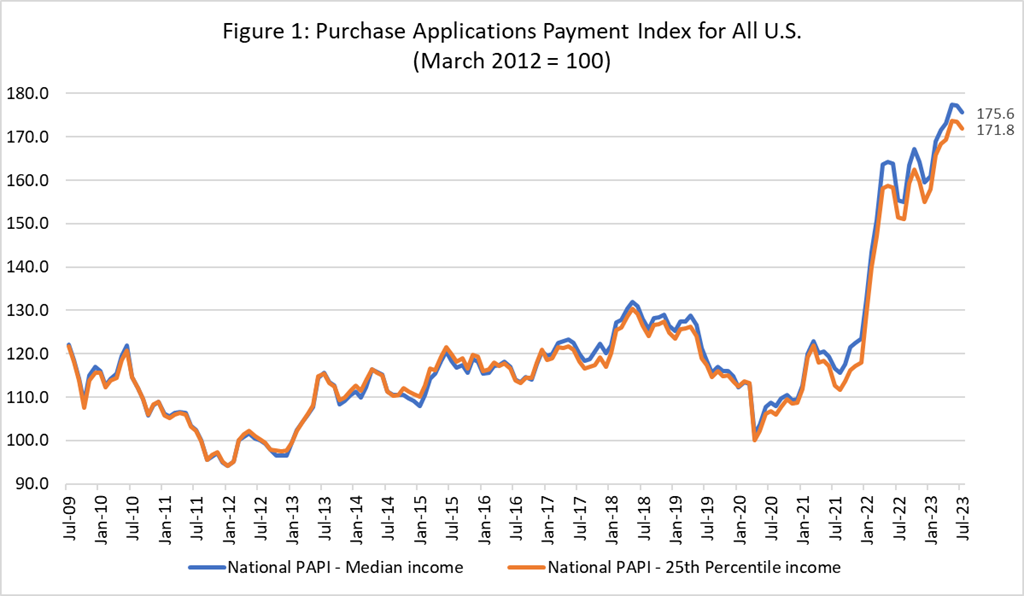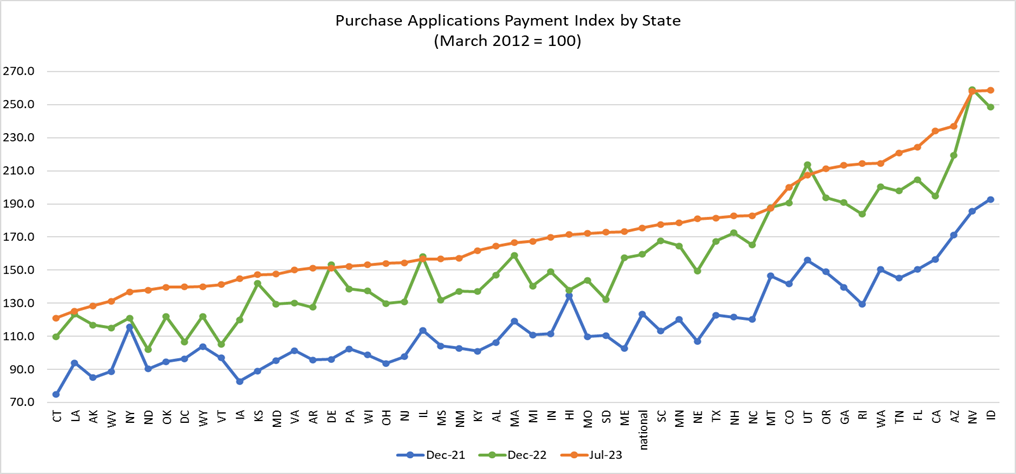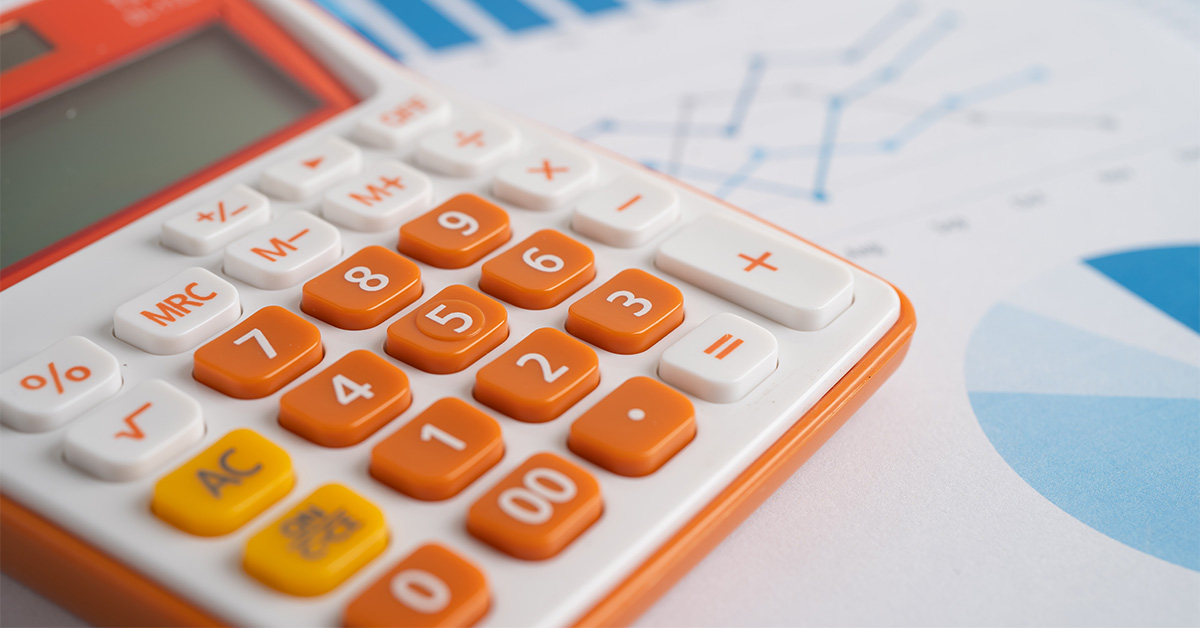Data: Mortgage Application Payments Flat In July
[tta_listen_btn]
Homebuyer affordability in July was challenging but mostly unchanged from June, with the national median payment applied for by purchase applicants remaining at $2,162. This is according to the Mortgage Bankers Association’s (MBA) Purchase Applications Payment Index (PAPI), which measures how new monthly mortgage payments vary across time – relative to income – using data from MBA’s Weekly Applications Survey (WAS).
“Prospective homebuyers continued to face challenging conditions in July, with elevated and volatile mortgage rates and low housing inventory serving as a formidable one-two punch that suppressed mortgage applications and sales activity,” said Edward Seiler, MBA’s Associate Vice President, Housing Economics, and Executive Director, Research Institute for Housing America. “With mortgage rates currently above 7 percent and expected to remain above 6 percent by the end of the year, affordability will remain a hurdle for many households looking to buy a home.”

An increase in MBA’s PAPI – indicative of declining borrower affordability conditions – means that the mortgage payment to income ratio (PIR) is higher due to increasing application loan amounts, rising mortgage rates, or a decrease in earnings. A decrease in the PAPI – indicative of improving borrower affordability conditions – occurs when loan application amounts decrease, mortgage rates decrease, or earnings increase.
The national PAPI (Figure 1) decreased 0.9 percent to 175.6 in July from 177.2 in June. While the index decreased slightly last month, the PAPI still remains at elevated levels. Median earnings were up 3.7 percent compared to one year ago, and while payments increased by 17.2 percent, the strong earnings growth means that the PAPI is up 13.0 percent on an annual basis. For borrowers applying for lower-payment mortgages (the 25th percentile), the national mortgage payment decreased to $1,451 in July from $1,459 in June.

The Builders’ Purchase Application Payment Index (BPAPI) showed that the median mortgage payment for purchase mortgages from MBA’s Builder Application Survey increased from $2,520 in June to $2,526 in July.
MBA’s national mortgage payment to rent ratio (MPRR) increased from 1.43 at the end of the first quarter (March 2023) to 1.50 at the end of the second quarter (June 2023), meaning mortgage payments for home purchases have increased relative to rents. The Census Bureau’s Housing Vacancies Survey (HVS) national median asking rent in second-quarter 2023 decreased 1.2 percent on a quarterly basis to $1,445 ($1,462 in first-quarter 2023). The 25th percentile mortgage application payment to median asking rent ratio increased slightly to 1.00 in June (0.96 in March 2023).

Additional Key Findings of MBA’s Purchase Applications Payment Index (PAPI) – July 2023
- The national median mortgage payment was $2,162 in July (unchanged from June). It is up $318 from one year ago, equal to a 17.2% increase.
- The national median mortgage payment for FHA loan applicants was $1,854 in July, up from $1,824 in June and up from $1,461 in July 2022.
- The national median mortgage payment for conventional loan applicants was $2,197, down from $2,205 in June and up from $1,892 in July 2022.
- The top five states with the highest PAPI were: Idaho (258.7), Nevada (258.1), Arizona (237.0), California (234.0), and Florida (224.1).
- The top five states with the lowest PAPI were: Connecticut (121.0), Louisiana (125.3), Alaska (128.4), West Virginia (131.2), and New York (136.9).
- Homebuyer affordability increased slightly for Black households, with the national PAPI decreasing from 176.3 in June to 174.7 in July.
- Homebuyer affordability increased slightly for Hispanic households, with the national PAPI decreasing from 168.9 in June to 167.3 in July.
- Homebuyer affordability increased slightly for White households, with the national PAPI decreasing from 178.5 in June to 176.9 in July.

The Place for Lending Visionaries and Thought Leaders. We take you beyond the latest news and trends to help you grow your lending business.



